It’s early June, meaning we’re more than a month away from the All-Star break and still have the dog days of August ahead of us. Even though that serves as a reminder that the 162-game baseball campaign is a long grind, we’re still more than a third of the way through the season.
With enough of a sample size now under our belt, it’s fair to ask: What’s going on with some of MLB’s biggest early disappointments?
Though there’s still time to turn things around, let’s dig into some of the teams and stars that have struggled so far in 2025. For each one, we’ll make a statement derived from their performance the first two months of the season — and determine whether it’s real or not real.

Players
![]()
Juan Soto isn’t the $765 million star the New York Mets had hoped he’d be
The right fielder is hitting .233/.361/.438 with 11 home runs and 30 RBIs in 60 games, decent enough numbers if you were Jay Bruce or Marlon Byrd or Ryan Church, to name a few 21st century Mets right fielders. But Soto isn’t getting paid to be decent, and while Mets fans had shown a lot of patience with him, he did finally start receiving a few boos. He homered a couple times against the lowly Colorado Rockies last weekend to snap a 17-game skid where he hit .143 with no home runs — and homered off of Clayton Kershaw on Tuesday for his fifth straight game with an extra-base hit.
Now, there has been some talk about Soto just hitting into bad luck. Statcast tracks the exit velocity and launch angle of each batted ball to project expected results based on similar balls in play — and Soto’s numbers are way below where they “should” be:
2025 expected average: .299
2025 actual average: .233
2024 average: .288
2025 expected slugging: .590
2025 actual slugging: .438
2024 slugging: .569
His expected numbers look a lot more like his actual numbers from 2024 — but, of course, he’s getting paid to produce real results, not theoretical ones.
Has it just been bad luck though?
Here’s a quick rundown of 15 of his hardest-hit balls that weren’t ground balls and resulted in outs:
April 30: 112.7 mph, 16-degree launch angle, expected batting average of .750
Result: Lineout to deep right-center — right fielder Corbin Carroll shaded way over in the gap.
April 13: 112.4 mph, 11-degree LA, expected BA of .910
Result: Lineout to shortstop — the ball bounced off the top off the glove of a leaping Jacob Wilson and he caught the deflection.
May 7: 110.2 mph, 15-degree LA, expected BA of .840
Result: Lineout right to Arizona Diamondbacks center fielder Alek Thomas.
May 27: 109.9 mph, 19-degree LA, expected BA of .840
Result: Chicago White Sox outfielder Michael Taylor made a spectacular diving catch in right-center field.
May 9: 106.5 mph, 17-degree LA, expected BA of .910
Result: Chicago Cubs left fielder Ian Happ made a leaping grab.
April 30: 106 mph, 45-degree LA, expected BA of .190
Result: Towering routing fly ball to left field.
May 4: 105.9 mph, 31-degree LA, expected BA of .890
Result: St. Louis Cardinals center fielder Victor Scott robs a home run.
April 1: 104.8 mph, 18-degree LA, expected BA of .550
Result: Lineout right to the center fielder.
May 21: 104.7 mph, 30-degree LA, expected BA of .850
Result: Fly out to the warning track in deep left-center at Fenway.
April 29: 104 mph, 17-degree LA, expected BA of .470.
Result: Another lineout right to Alek Thomas in center field.
April 6: 103.2 mph, 19-degree LA, expected BA of .450.
Result: Easy catch for Toronto Blue Jays right fielder George Springer.
May 24: 102.5 mph, 28-degree LA, expected BA of .790
Result: Caught on the warning track by the center fielder.
May 4: 102 mph, 30-degree LA, expected BA of .690
Result: Fly out to the warning track in left field.
May 4: 99.7 mph, 35-degree LA, expected BA of .350
Result: Caught at the fence by the right fielder.
There were only three robberies that would easily classify as bad: Taylor’s amazing catch in which it almost appeared he trapped the ball, Scott’s leaping grab to rob Soto of a home run, and Wilson managing to corral Soto’s low liner up the middle. He had a few liners hit right to fielders, but every hitter registers some of those throughout a season.
Some of the balls in play had surprisingly high expected batting averages given the rather routine nature of the actual contact. For instance, the high fly ball at Fenway on May 21, just to the left of center field, went an estimated 376 feet. Statcast says it wouldn’t have been a home run in any of the 30 major league parks and it was an easy catch for Red Sox center fielder Ceddanne Rafaela, yet Statcast gave it an expected batting average of .850. My guess is most balls hit that hard at that launch angle (30 degrees) are pulled, creating a higher home run expectancy than a ball hit to center. (The wind was blowing in from right that night, although at just 3 mph, so that was only a small effect.) Soto had a couple of similar balls to left field that were also routine plays yet registered a high expected batting average.
Indeed, what we’ve seen here is hard contact — but a mix of low line drives or towering fly balls. Soto ranks in just the 23rd percentile in launch angle sweet spot (balls hit between 8 and 32 degrees), although his overall rate of 30.6% isn’t too much lower than last year’s 35.4% rate.
Is it possible the issue might be bad luck on grounders? Nope. He’s hitting .366 on hard-hit grounders (95-plus mph) compared to .293 in 2024 (and .187 on all grounders compared to .199 in 2024).
In the end, the difference is in fly ball production, according to TruMedia data:
2024: .405 average, 1.373 slugging
2025: .317 average, 1.098 slugging
(Soto actually has a slightly higher rate of hard-hit fly balls this season, 72.7% to 68.8%.)
One thing worth noting is that Soto’s expected numbers have been better than his actual numbers each of the past three seasons:
2024: .316 xBA, .646 xSLG (.288/.569 actual)
2023: .284 xBA, .538 xSLG (.275/.519 actual)
2022: .266 xBA, .501 xSLG (.242/.452 actual)
Verdict: Not Real
Look, we can debate the merits of the contract considering Soto’s lack of defensive and baserunning value. But the Mets aren’t paying him for those things, they’re paying him to hit — and he’ll be fine, even if it feels a little lazy to just call his start “bad luck.” He has hit a few extra grounders, a few extra balls to the left side instead of his pull side and, yes, has had a few hits stolen from him. Soto should put up big numbers the rest of the way and, luckily, the Mets have played well despite his slow start. This could be a really scary lineup when he heats up.
![]()
![]()
Soto was ESPN’s top free agent this past offseason, of course, and he’s not the only big free agent who has struggled so far (just the highest paid). Others have battled injuries (Blake Snell, Sean Manaea, Tyler O’Neill), control problems (Roki Sasaki, Yusei Kikuchi), PED suspensions (Jurickson Profar) or just recently went down after hot starts (Corbin Burnes, Alex Bregman).
Then we have Adames and Santander. Adames, who was No. 4 in ESPN’s free agent rankings, signed a seven-year, $182 million contract with the San Francisco Giants and is hitting .203/.293/.320 with five home runs and minus-0.2 WAR. Santander, who signed a five-year, $92.5 million deal with the Blue Jays, is hitting .179/.273/.304 with six home runs and minus-0.9 WAR.
Those two had similar profiles: low-average sluggers with some volatility to their offensive profiles plus concerns about their defense over the life of their contracts. Adames might already be playing himself off shortstop in just the first year of a seven-year deal, which doesn’t bode well for Buster Posey’s first big move as chief executive, especially with Matt Chapman locked into third base. Adames ranks in the 11th percentile in outs above average and last among shortstops with minus-7 defensive runs saved (and he wasn’t good in this category last season either). The Giants would live with below-average defense if Adames hit 32 home runs the way he did last season with the Milwaukee Brewers, but the offense hasn’t been there either.
Santander had 44 homers in 2024 with the Baltimore Orioles, but that felt like a career season for a player who doesn’t have elite exit velocity. Indeed, Santander’s hard-hit rate has fallen from the 77th percentile in 2023, to 60th in 2024, to 41st in 2025. He has made more starts at designated hitter than the outfield, which tells us what the Blue Jays think of his defense. And now he’s on the injured list because of shoulder inflammation and could sit out the rest of the month.
Verdict: Not Real
It’s too soon to write off either as a bust, but these contracts do look very shaky. In Santander’s case, we have to consider that shoulder and hip issues have affected his production. Adames was already a long-term risk to stay at shortstop and that concern has only been amplified. Let’s give him more time, but for a guy who turns 30 in September and appears to have declining range plus a high strikeout total, the initial returns aren’t good.
![]()
Tanner Scott is no longer one of the best relievers in baseball
Scott looked like one of the safer bets in free agency this past winter, coming off two dominant relief seasons in which he posted a 2.04 ERA with 188 strikeouts in 150 innings and gave up only six home runs. The Los Angeles Dodgers gave the left-hander a four-year, $72 million contract — a big deal for a reliever, but one that most agreed just added even more firepower to an already loaded bullpen.
Scott, who picked up his first win on Tuesday night, is 1-2 with a 4.55 ERA and has allowed hitters a .260 average and .727 OPS — compared to a .186 average and .528 OPS over the past two seasons. He had given up 10 earned runs in six innings over his past seven outings, suffering two losses and two blown saves, before Tuesday’s two-strikeout, no-run, one-inning outing.
“I’m just not hitting my locations,” Scott said after Monday’s loss to the Mets, “and it’s costing us.”
His fastball velocity is down 1 mph and his whiff rate on it has dropped from 29% last season to 20% in 2025. Scott mentioned not hitting locations, but his walk rate is actually way down to just 1.3 per nine innings compared to 4.5 in 2024. Maybe he needs to revert to more of an “effectively wild” approach that has worked in the past.
Verdict: Real
Relievers run hot and cold and can suffer a high burnout rate after just a couple of dominant seasons. Scott’s strikeout rate had already dipped slightly last season from 2023 and the four-seamer is showing a little less life this season. He’s still a good reliever and the ERA should drop moving forward, but he simply hasn’t been at the same dominant level we saw him at with the Miami Marlins and San Diego Padres.
![]()
Sandy Alcantara is going to be the star of this trade deadline
It’s important to remember that the right-hander is returning from Tommy John surgery after not playing the 2024 season, but his 7.89 ERA and minus-1.4 WAR are hard to ignore. His stuff and velocity have been good, but the command has not been (4.7 walks per nine) and he has especially struggled against left-handers, who are hitting .270/.397/.480 off him with more walks than strikeouts. He hasn’t pitched as badly as the ERA suggests with a 5.04 FIP, but he has somehow allowed a .438 average with runners in scoring position.
At this rate, he could become the first pitcher since Jeff Fassero in 1999 to pitch at least 150 innings with an ERA over 7.00. (Jose Lima, believe it or not, twice had ERAs over 6.50 in the early 2000s while pitching at least 150 innings. Yes, that era was fun.)
Verdict: Not Real
Alcantara’s struggles are particularly damaging to Miami because, at the start of the season, he projected as perhaps the top trade target come July — and a chance for the Marlins to infuse some much-needed prospect help into their rebuild. A trade could still happen as teams will note his 97-mph fastball and 50% groundball rate, but he’ll need to roll out a string of great starts before the end of July for the Marlins to get any value in return. And right now, until he figures out how to get out left-handed batters, that isn’t happening.

Teams
![]()
The 2025 Baltimore Orioles are cooked
The Orioles’ struggles have been well documented: an injury-depleted starting rotation that has struggled with an ERA over 5.00, key hitters such as Gunnar Henderson and Adley Rutschman who have underperformed, and a bullpen that hasn’t picked up the slack. It led to manager Brandon Hyde getting fired in mid-May even if, as the title of the old Jim Bouton book “I Managed Good, But Boy Did They Play Bad” might suggest, Hyde was simply the fall guy for a rookie owner surprised that his pitching staff fell apart after refusing to make any major upgrades in the offseason.
Coming off 101 wins in 2023 and 91 wins in 2024, a season approaching 100 losses would certainly qualify as one of the most disappointing in recent years. Looking back at FanGraphs’ preseason projected win totals, here are the top disappointments in win differential since 2021 for teams expected to finish over .500 (FanGraphs projected the Orioles to win 83 games in 2025, while ESPN projected 88 wins):
2023 Cardinals: minus-17 (projected 87, actual 71)
2021 Padres: minus-16 (projected 95, actual 79)
2023 Mets: minus-15 (projected 90, actual 75)
2021 Mets: minus-15 (projected 92, actual 77)
2021 Twins: minus-15 (projected 88, actual 73)
Verdict: Real
It’s probably too late for the Orioles to turn things around. Sweeping the White Sox this past weekend is a start, but they began the week with playoff odds under 2%. Last year, it took 86 wins to win a wild card in the American League. The Orioles will have to play at a 100-win pace the rest of the way just to get to 86. The lack of pitching depth suggests that is unlikely to happen, even if Henderson and Rutschman — and the rest of the offense — come to life.
![]()
![]()
The Texas Rangers and Atlanta Braves offenses will keep them from playing in October
In 2023, the Braves led the majors with a robust 5.85 runs per game while the Rangers ranked third at 5.44 (and then averaged 5.71 in the playoffs on their way to a World Series title). Both lineups fell off in 2024, although Atlanta’s pitching was good enough to help the Braves secure the final wild-card spot. In 2025? It has been more like last season so far, as the Braves are averaging just 4.05 runs and the Rangers are scuffling at just 3.36.
Both teams are under .500 and have wasted good pitching in the process, especially the Rangers, who rank second in the majors behind only the Mets in runs allowed per game. The Rangers’ top three of Nathan Eovaldi, Tyler Mahle and Jacob deGrom have crushed it, combining for a 1.97 ERA. Eovaldi just landed on the IL because of triceps tendinitis, although it’s expected to be the minimum stay.
The Rangers acquired Jake Burger and Joc Pederson in the offseason to bolster the offense, but Burger has a .250 OBP and Pederson has hit .131 with a .269 OBP. Marcus Semien isn’t driving the ball, hitting .199 with only six extra-base hits — he had 73 in the World Series season — while Adolis Garcia’s offense continues to stagnate with a .258 OBP. The lineup has been so bad that manager Bruce Bochy recently had Triple-A journeyman Sam Haggerty batting leadoff for an entire week.
The Braves have been marginally better and Ronald Acuña Jr.’s return will help boost the meager production from their outfielders, but this clearly isn’t the feared lineup of 2023 that became the first team to slug .500 as a team. Indeed, the only player aside from Acuña slugging .500 is rookie part-time catcher Drake Baldwin, who’s sitting at .518.
Verdict: Real
The Rangers are likely to see some regression from their pitching — Eovaldi and Mahle have been almost impossibly good and the bullpen still looks shaky on paper — so even though the AL is wide open, it has been two years of bad offense. OBP is life in baseball — and the Rangers simply don’t have it.
FanGraphs still pegs the Braves’ playoff odds near 50%, projecting them as the second-best team in the NL the rest of the way behind only the Dodgers. Of course, Atlanta also has Spencer Strider back now, but we need to see a good outing before we assume it’s the 2022-23 version of Strider — indeed, he allowed three home runs on Tuesday and dropped to 0-4. Raisel Iglesias’ struggles are another big problem. In a top-heavy NL, the Braves have dug themselves a hole and I don’t see the offense suddenly starting to light up the scoreboard.
![]()
The Diamondbacks’ pitching will turn itself around after brutal start
The Diamondbacks once again have one of the best offenses in the majors, but they’re looking up at the Dodgers, Padres and Giants in the NL West because the pitching has struggled — and the rotation now has to find ways to win without Burnes.
Zac Gallen is 4-7 with a 5.13 ERA and leads the National League in walks. Eduardo Rodriguez — a big free agent a year ago — is 1-3 with a 7.05 ERA and is now 4-7 with a 5.99 ERA in his Diamondbacks career, apparently another example of the risk in signing free agent starters. Brandon Pfaadt does have seven wins, but is averaging just 7.1 strikeouts per nine and has a 5.05 ERA. He also just had one of the worst starts in major league history, facing eight batters, not getting any of them out, and seeing all eight score. The bullpen, meanwhile, ranks 26th in ERA and 29th in win probability.
Verdict: Not Real
I might have been inclined to say “Real” until Burnes landed on the IL. For now, the Diamondbacks are saying elbow inflammation, so at least it’s not Tommy John surgery. If he’s out for a lengthy period, it might be tough to overcome. Remember, Jordan Montgomery is already out because of Tommy John surgery.
The bullpen has its own problems: Kevin Ginkel was just sent down to the minors with a 12.60 ERA, Joe Mantiply was released and A.J. Puk remains on the 60-day IL.

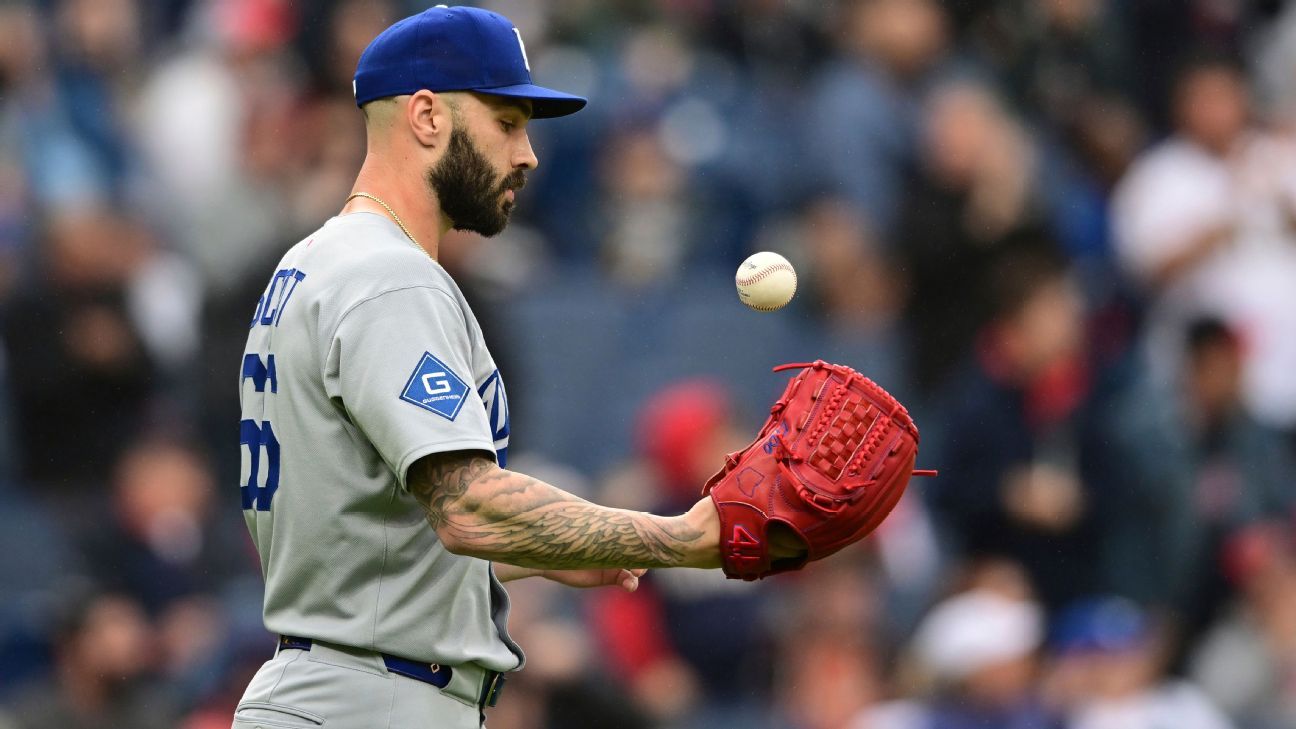
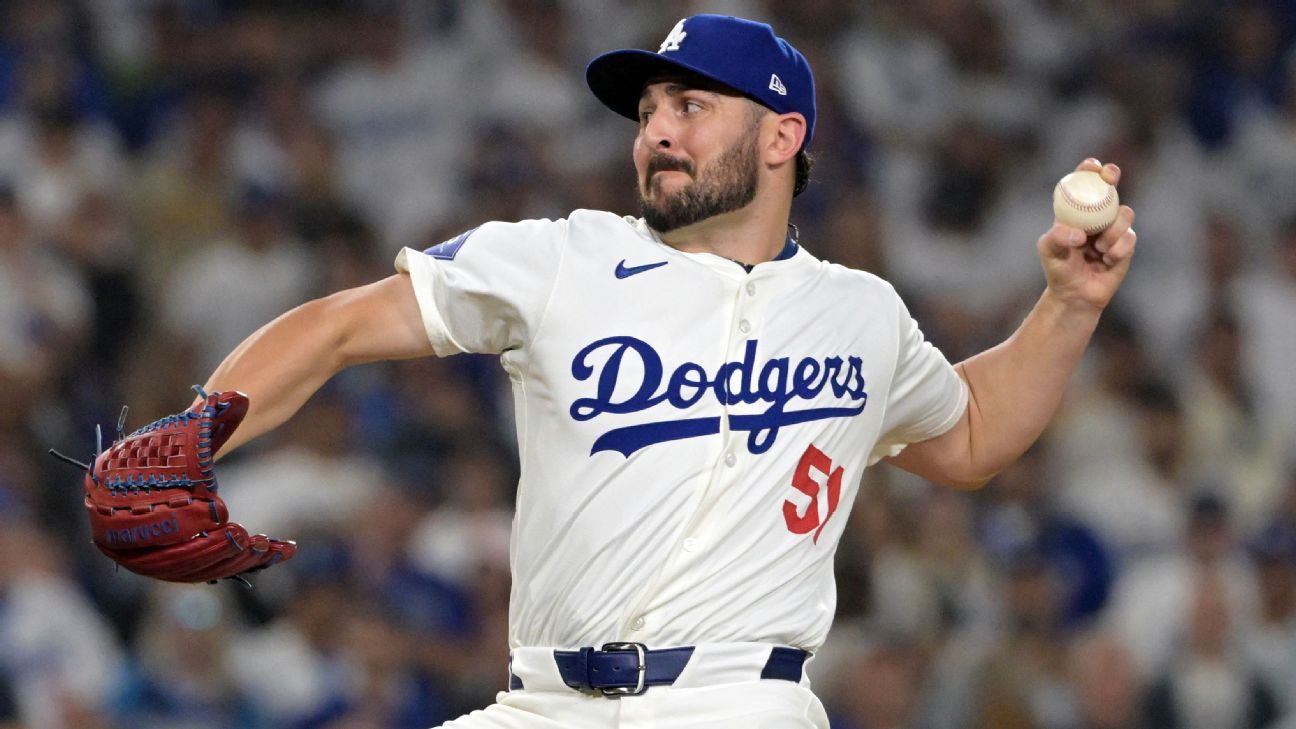
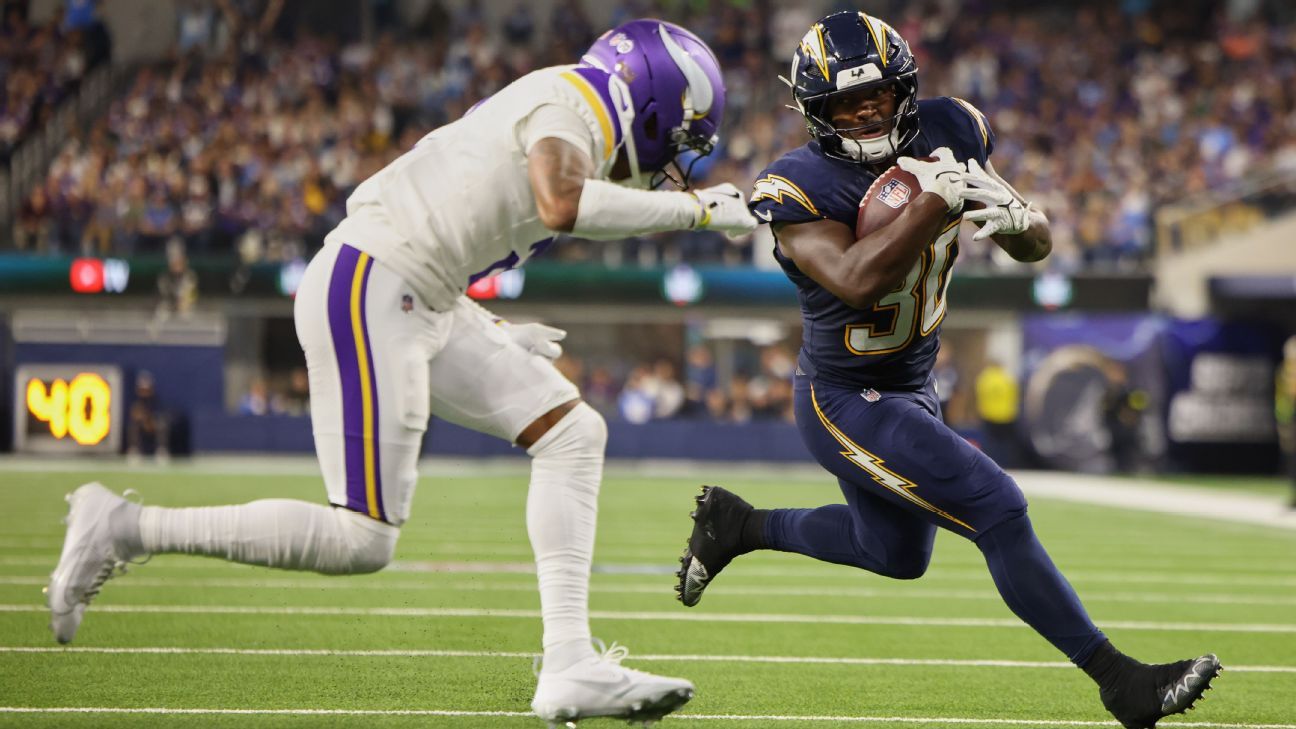
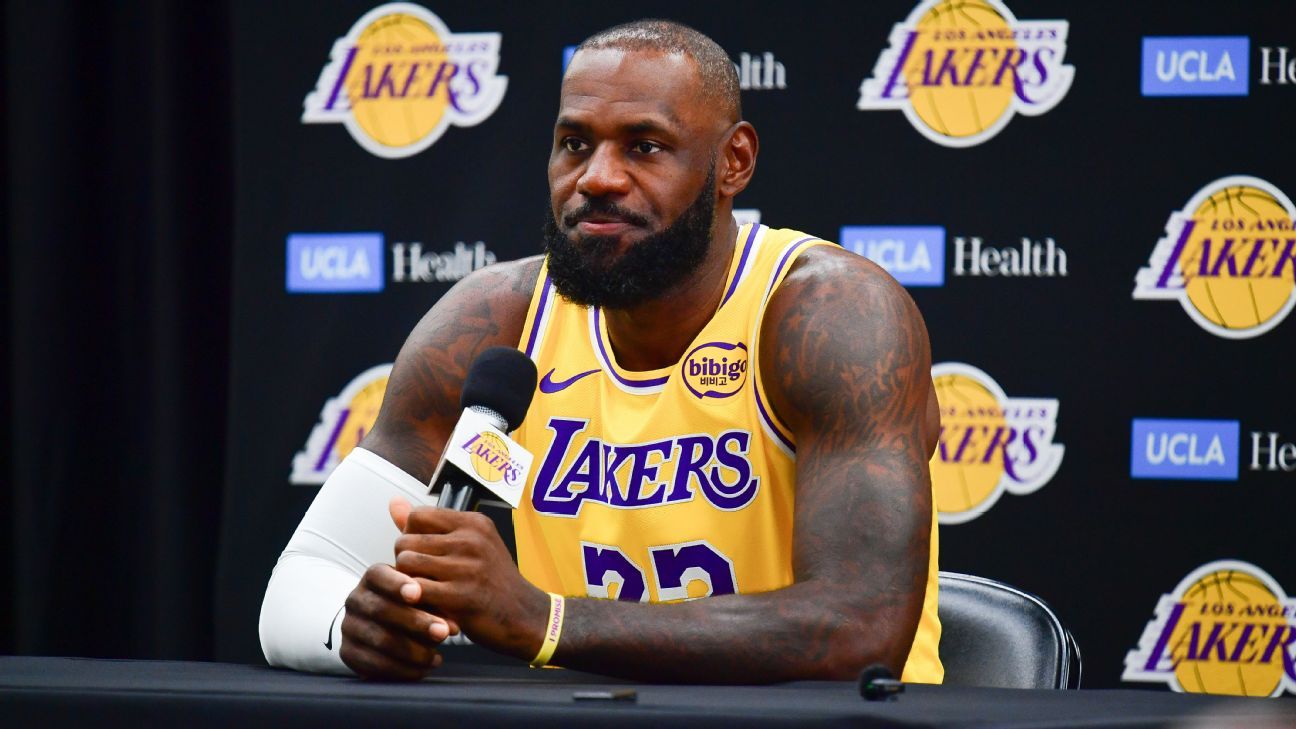

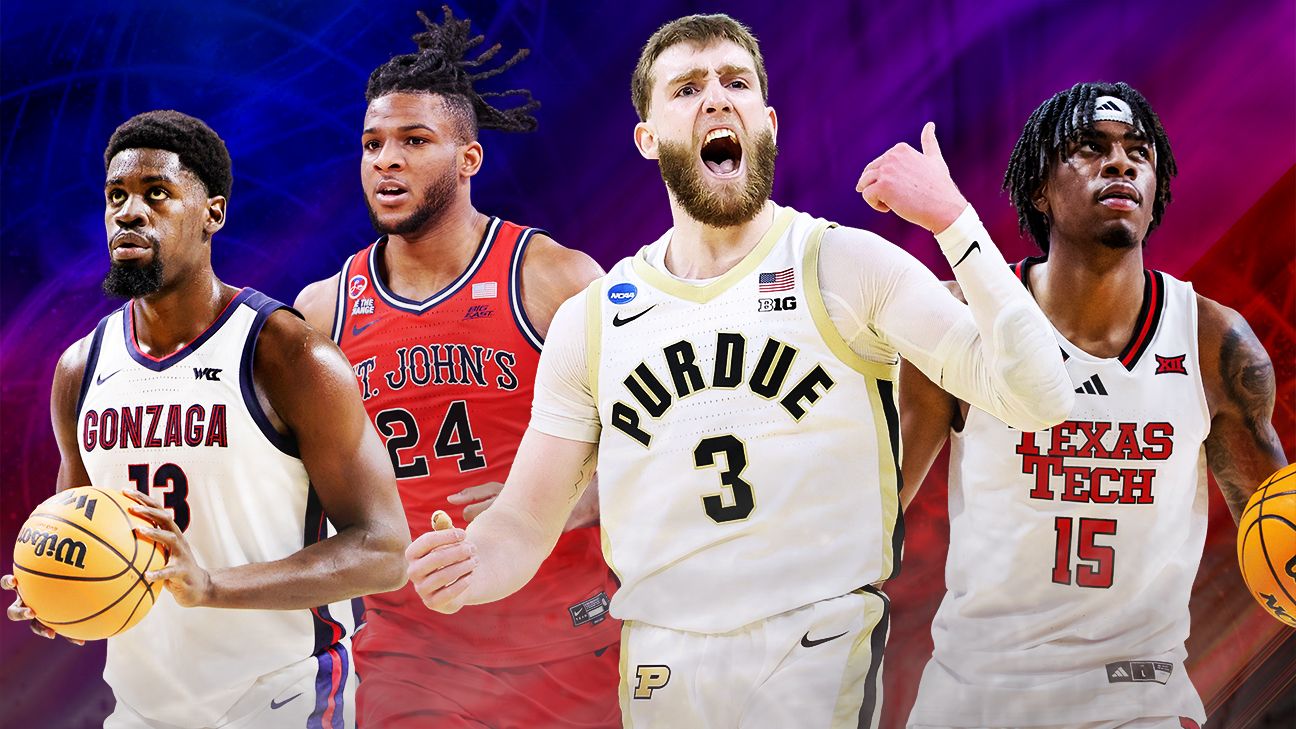

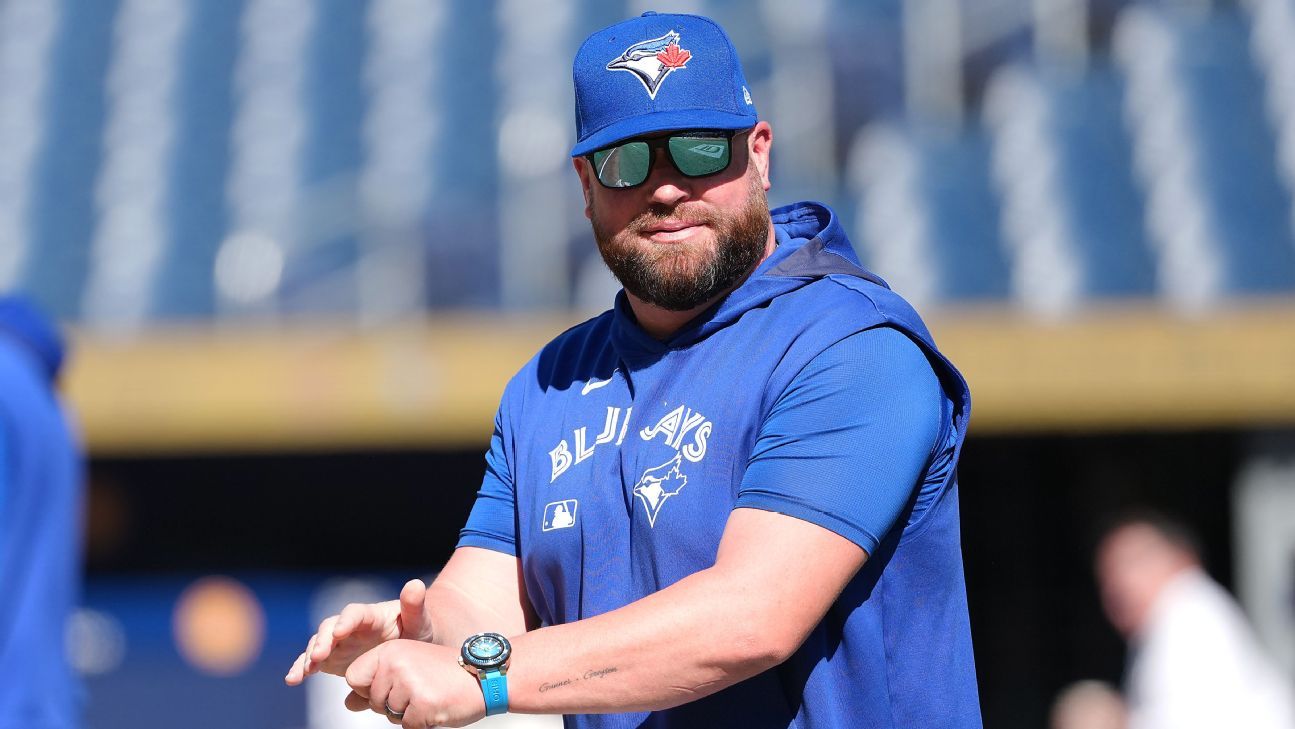

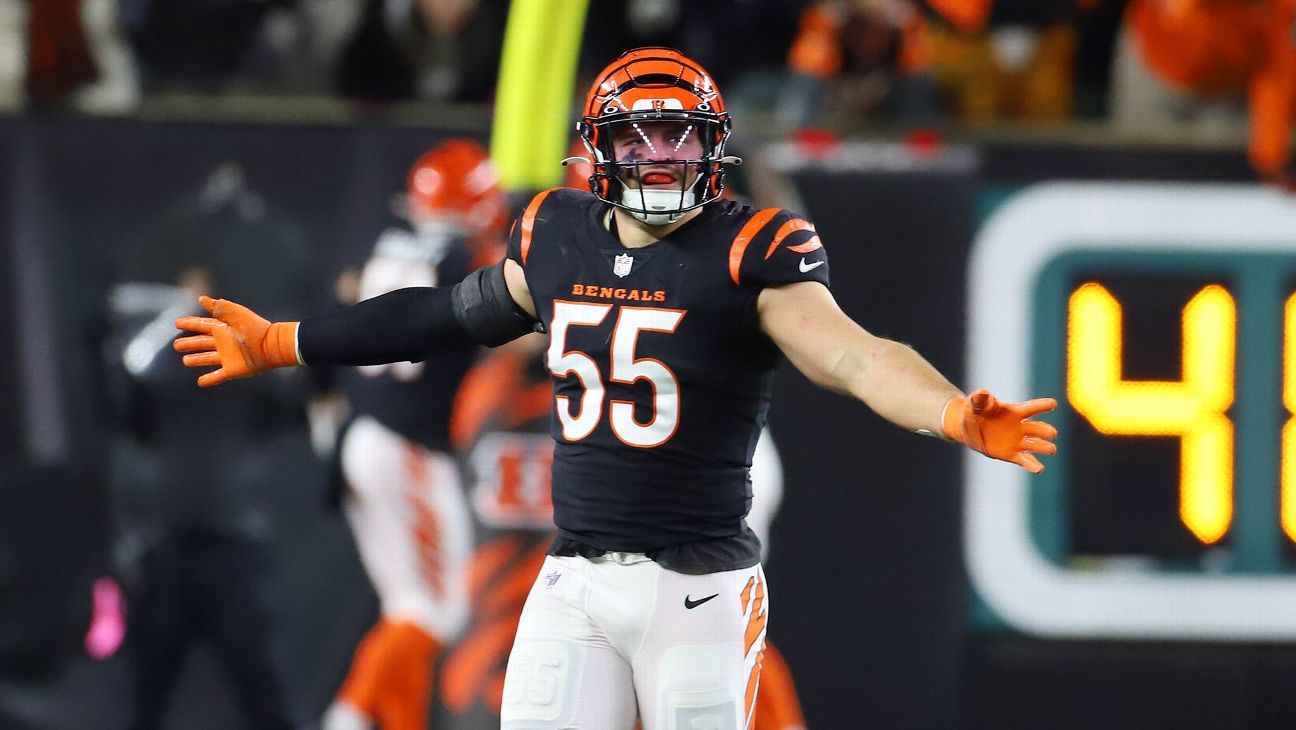

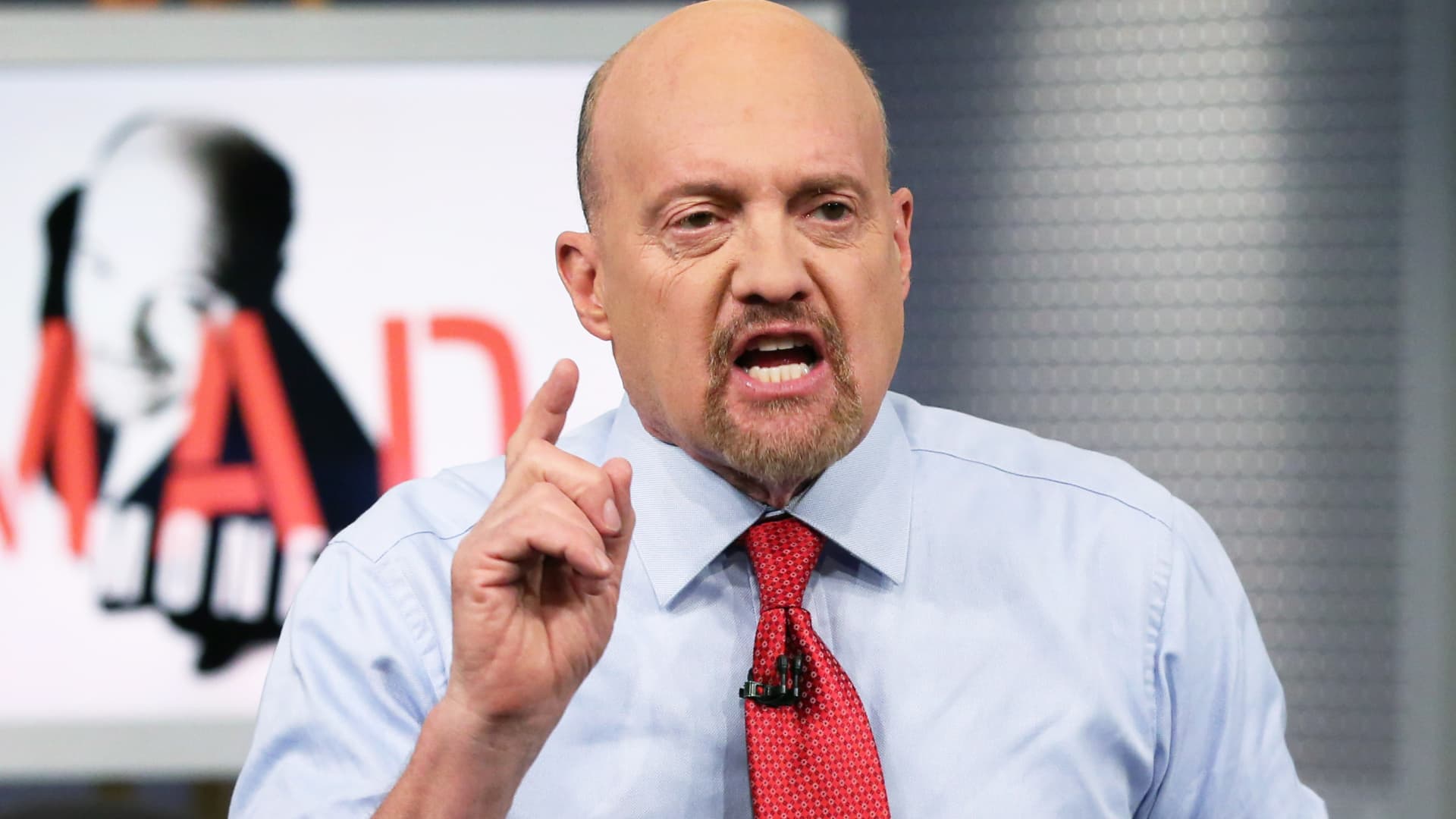
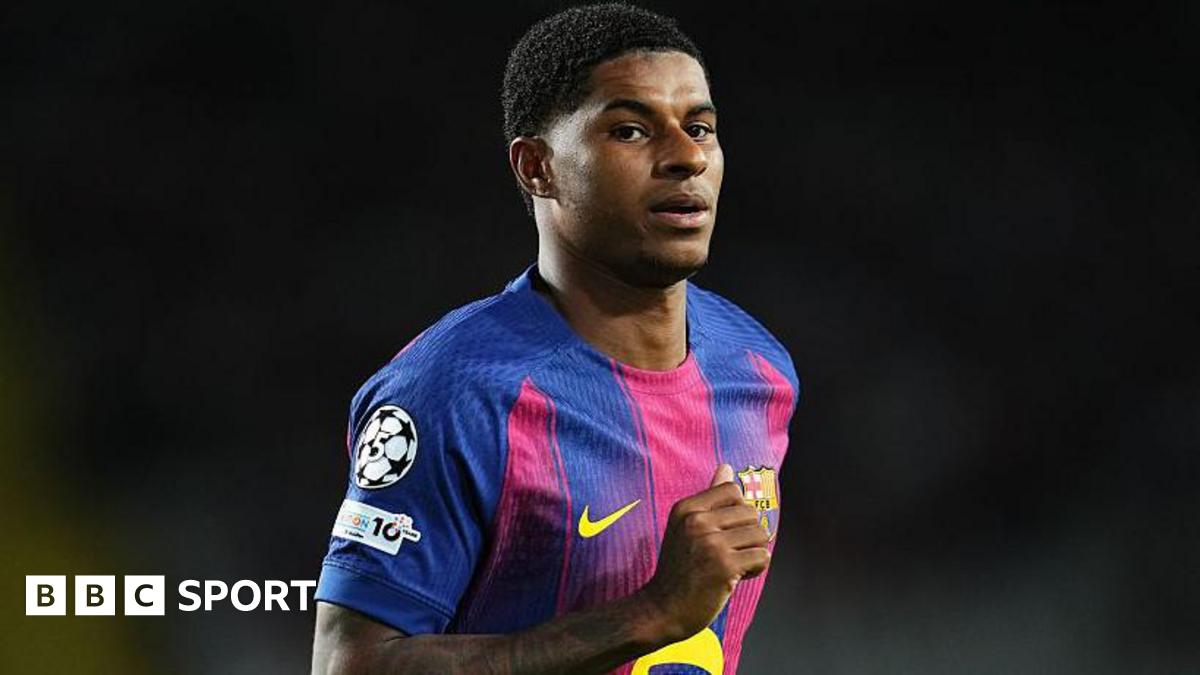
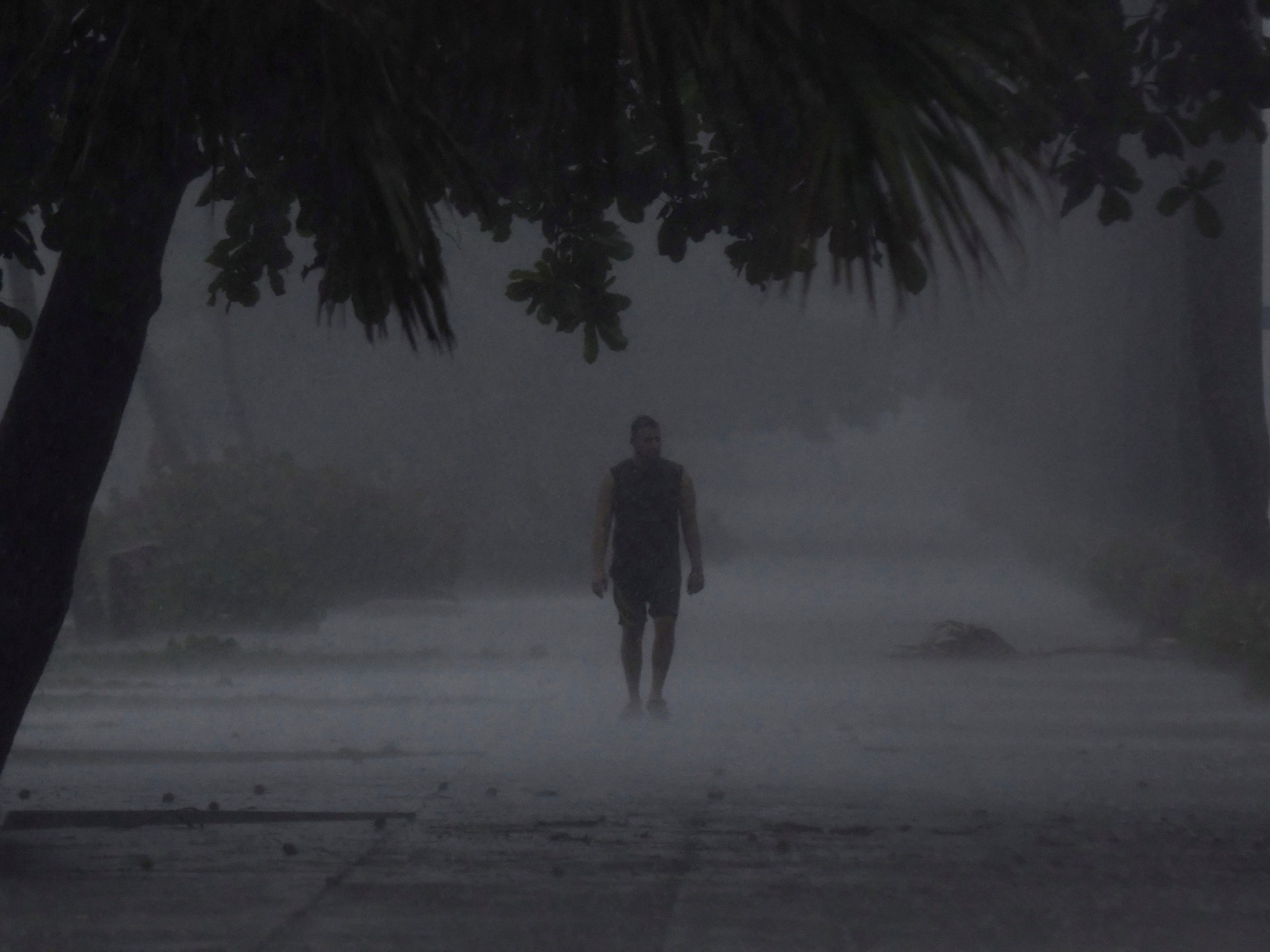
Leave a Reply